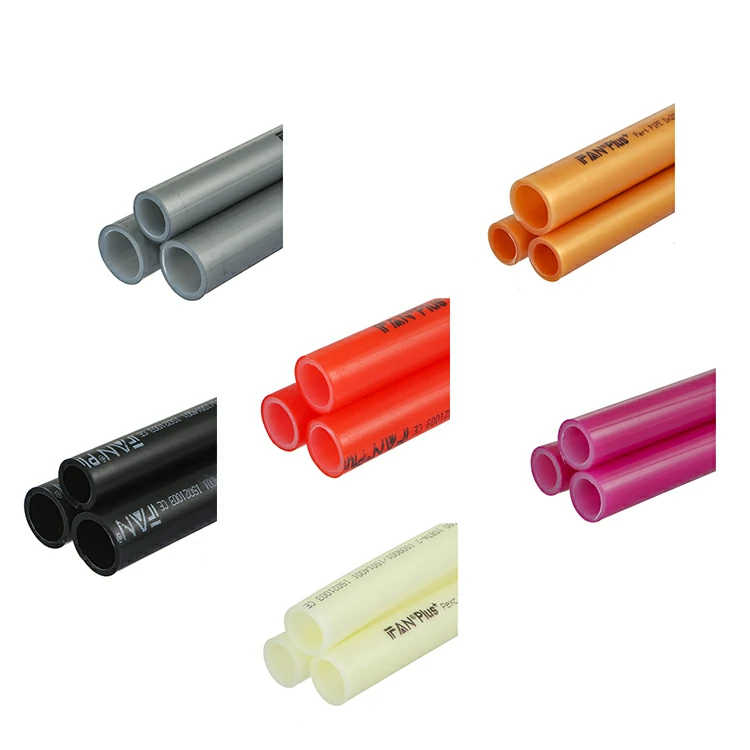Introduction to Underfloor Heating Systems
Underfloor heating offers energy-efficient and even heat distribution throughout your home.
These systems use pipes beneath the floor to circulate warm water.
However, sometimes homeowners notice the underfloor heating pipes are not hot.
This issue may be caused by a range of mechanical or setup problems.
Identifying the root cause quickly helps restore the system’s performance.
In this article, we explore common reasons why underfloor heating pipes may stop working.
We also offer solutions to help you troubleshoot and fix the issue effectively.
Incorrect Thermostat Settings
One of the simplest causes is incorrect thermostat configuration.
Ensure the thermostat is set to the desired temperature.
Some thermostats require separate settings for each room.
If your underfloor heating pipes aren’t hot, check the programming schedule.
A delay timer or economy mode may be active unintentionally.
Also, verify that the thermostat is receiving power.
Low battery or poor wiring can disrupt the signal.
Recalibrate or reset the thermostat if needed to resume normal function.
Air Trapped in the Pipes
Airlocks can prevent water from flowing through the system properly.
If air is trapped, underfloor heating pipes may not heat up.
This is common in newly installed systems or after maintenance.
You may hear gurgling or bubbling sounds in the pipes.
Bleeding the system removes trapped air and restores flow.
Use the bleed valve at the manifold to release air.
Professional help may be required for large or sealed systems.
Regular bleeding can prevent this issue in the future.
Insufficient Water Pressure
The water pressure must be within the recommended range.
Low pressure can stop warm water from circulating effectively.
Check the pressure gauge on the boiler or pump system.
Typical systems require 1.0 to 1.5 bar pressure.
If pressure is too low, refill the system using the filling loop.
Monitor the pressure after filling to ensure stability.
If pressure drops repeatedly, there may be a leak.
In such cases, call a qualified technician to inspect the system.

Circulation Pump Malfunction
The circulation pump drives heated water through the underfloor heating pipes.
If the pump fails, water won’t move through the system.
Check if the pump is making noise or vibrating unusually.
No sound at all may indicate the pump is not working.
Overheating, blockages, or electrical issues can cause pump failure.
Some systems have an automatic air vent near the pump.
Clean or replace faulty components to restore circulation.
A working pump is vital for even heating distribution.
Zoning or Manifold Issues
Underfloor heating systems often use zoning controls.
These divide the home into separate heated areas.
Each zone is connected to the manifold, which distributes water.
If one zone doesn’t heat up, the valve may be stuck.
Manifold actuators can fail or lose signal from the thermostat.
Ensure all valves open correctly and wiring is intact.
You can manually check each zone’s performance via the manifold.
Regular maintenance ensures zoning components function correctly.
System Blockages or Sludge Buildup
Over time, sludge and debris can accumulate in the system.
This reduces flow rate and impacts heat delivery.
Sludge is often caused by corrosion or poor water quality.
Underfloor heating pipes may get partially or completely blocked.
A power flush can remove built-up debris from the pipes.
Chemical inhibitors prevent future sludge formation.
Filter installations can trap particles before they reach the system.
Clean systems operate more efficiently and last longer.
Conclusion: Diagnosing the Problem Effectively
When your underfloor heating pipes aren’t hot, start with basic checks.
Look at thermostat settings, water pressure, and air in the pipes.
Move on to check the pump, zones, and manifold valves.
If no problem is visible, consider potential internal blockages.
Call a professional if the issue persists after home troubleshooting.
Preventive maintenance helps avoid many of these common problems.
Keep your underfloor heating system in top shape for consistent comfort.
A warm floor starts with a well-maintained system.

